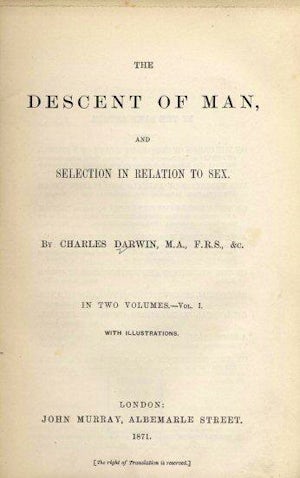March 11, 2010 Canada signed the UN Convention for the Rights of Persons with Disabilities on the day it opened for signature in 2007, and the Convention came into force one year later in 2008. On December 3, 2009, after public consultation, the government tabled the Convention in the House of Commons, and ratified it the following March 11, 2010.
By ratifying the Convention, Canada agreed to abide by its principles. Some of the obligations associated with signing include modifying or abolishing existing laws, customs, or practices that constitute discrimination against persons with disabilities, refraining from engaging in practices inconsistent with the Convention, as well as to undertake and promote research and development of technologies that can be used to help persons with disabilities overcome barriers to their inclusion in society. In ratifying the Convention Canada has also pledged to take appropriate measures to ensure to that persons with disabilities have access to the physical environment, to transportation, to information and communication, and to facilities and services open to the public, in both urban and rural areas. The Convention goes on to specify details about ensuring an adequate standard of living, freedom from discrimination in work and employment, and rights to education and health, among other things.
While Canada has both signed and ratified the formal Convention, they have neither signed nor ratified the Optional Protocol, which would establish an individual complaints mechanism for the Convention separate from the courts or the governing bodies set up by the Canadian Human Rights Act.
-Caroline Lyster
United Nations. (2006). Convention on the Rights of Persons with Disabilities. Retrieved from http://www.un.org/disabilities/convention/conventionfull.shtml.
Collin, C. (2012). Canada and the Convention on the Rights of Persons with Disabilities. Library of Parliament Research Publications. Retrieved from http://www.parl.gc.ca/Content/LOP/ResearchPublications/2012-89-e.htm.
 1869:
Galton publishes Hereditary Genius
1869:
Galton publishes Hereditary Genius
 1871:
Charles Darwin publishes The Descent of Man
1871:
Charles Darwin publishes The Descent of Man